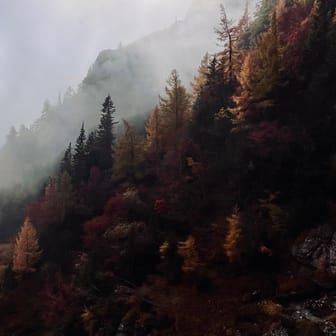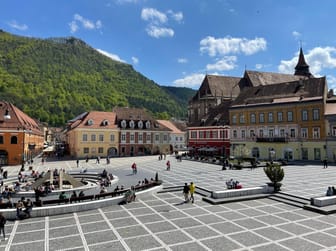The Black Church
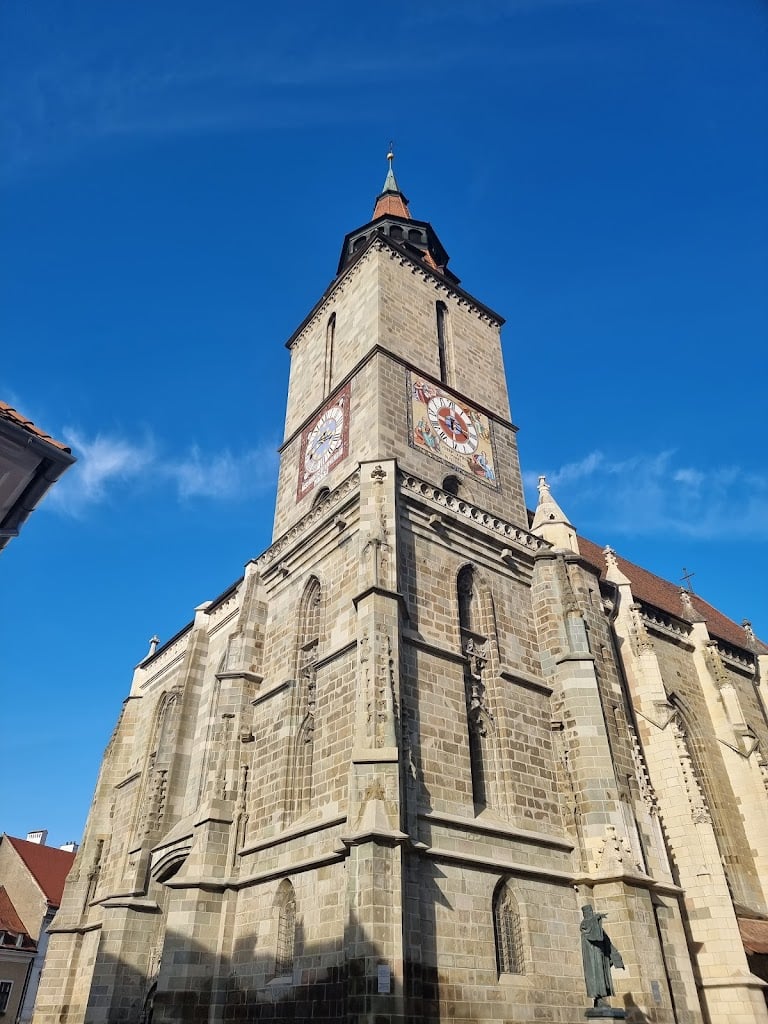

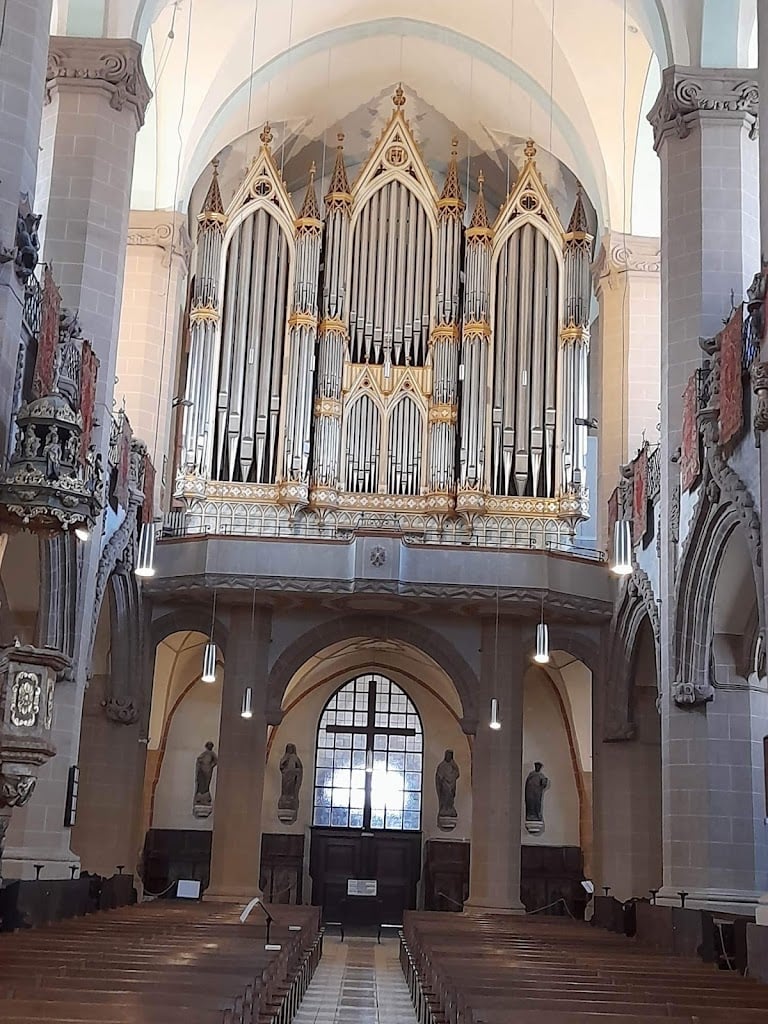
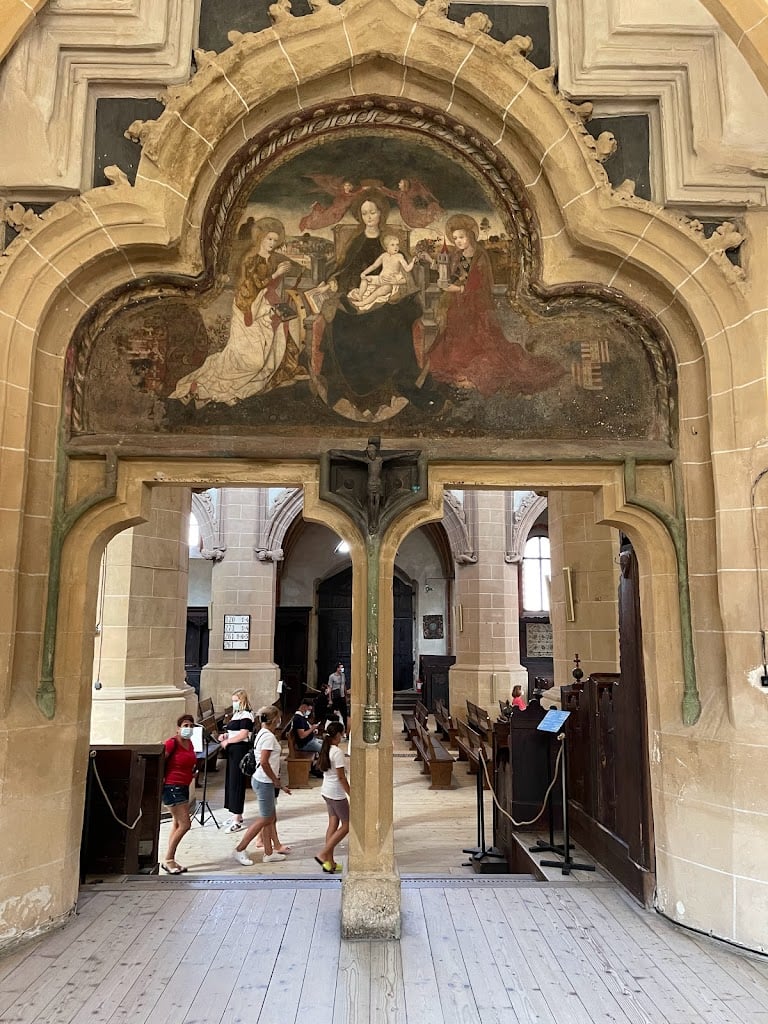
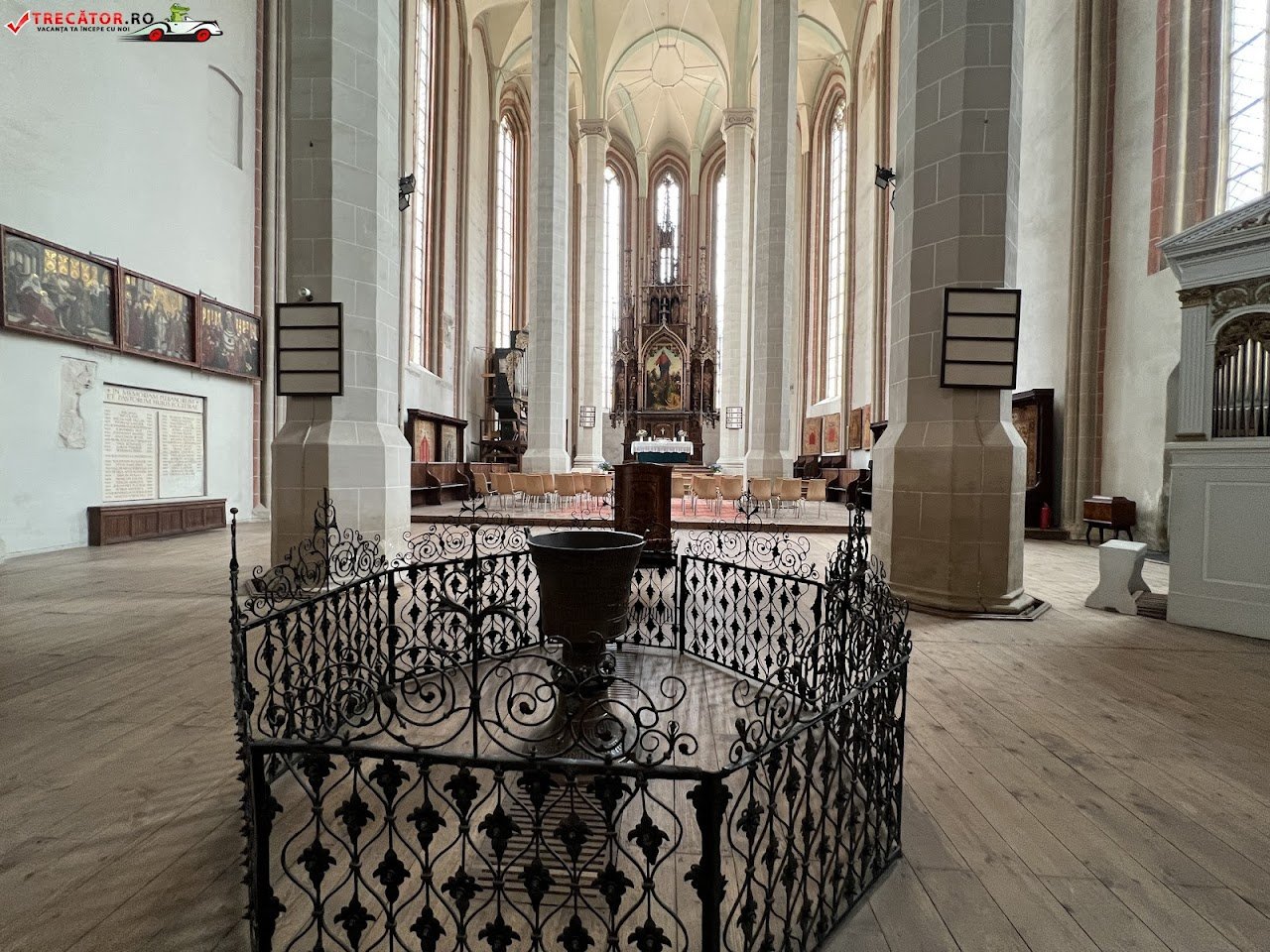
Ask ThatchGPT
Suggest a local expert to plan my trip
Suggest an unique itinerary for my Romania trip
What foods do Romania locals eat
What are some true hidden gems in Romania
Help me brainstorm trip ideas for Romania
Help me plan a family-friendly trip to Romania
What people say
Pedro Pereira
Available for hire
"The construction of the church started in the 14th century, in the place of an even older religious edifice. It received the name Saint Mary after the patron saint of Brasov, a usual practice of the time. Its monumental dimensions had to impress locals enough to gain new adepts for the Catholic Church. Its size is impressive even today. TheBlack Church from Brasov is 90 meters long, 25 to 37 meters wide, 65 meters tall, with a capacity of receiving up to 5,000 people.
However, the plans of the Catholic Church didn’t prove successful. The local Saxons of Transylvania chose the Reformation values and transformed the church into an Evangelical parish in 1542. Two years later, Johannes Honterus, the local promoter of the Reformation became the first Evangelical priest.
It took centuries for the construction that started in 1383 to be finally completed. The violent attacks of the Ottoman and Tatar armies delayed considerably the process. In the end, the final version from 1477 was on a smaller scale than the original plans because of the scarce resources and the constant threat of a new attack.
Still, the worst came in 1689 when a devastating fire destroyed the town. Only the walls, the font, and the treasury from the vestry survived from the building, known as the Black Church ever since. The monument was rebuilt in the 18th century, but its restoration continues today.
The Black Church from Brasov is one of the most beautiful Gothic monuments in Romania. It also has the biggest mechanical organ in the country and the largest collection of Oriental carpets outside Turkey.
One of its oldest pieces, the pulpit, dates from 1696. It’s decorated with the sculptures of Moses, the four Evangelists, and the representation of Agnus Dei. On the opposing wall, you will see the coat of arms of medieval Brasov.
On the northern choir side, you can admire one of the oldest altars in Transylvania. The valuable 15th-century piece was brought here from the church in Feldioara. From the same period dates the mural painting of the Virgin Mary with Saint Catherine and Saint Barbara from the southern hall."
Andreea Cutov
"The imposing silhouette that dominates the skyline—the Black Church. But why "black," you ask? The Black Church, or Biserica Neagră, stands as a testament to Gothic grandeur. The somber name finds its origin in a devastating event. In 1689, the church, originally named St. Mary's, was ravaged by a catastrophic fire that darkened its walls and left an indelible mark on its history.
The fire turned the church's walls from the original light color to a deep charcoal hue, symbolizing the tragedy that befell Brașov. Despite the restoration efforts, the darkened stones bore witness to the resilience of the city and its inhabitants.
Beyond its architectural prowess, the Black Church has become a guardian of culture. Its interior houses an impressive collection of Anatolian carpets and the largest working church bell in Romania.
🕰️ Open Tuesday-Saturday from 10 am to 5:45 pm
🕰️ Open Sunday-Monday from midday to 5:45 pm
Visitors can tour the church grounds for free, visit the interior for a ticket price of 20 RON (less for students and children), and attend weekly concerts according to the season (prices vary by event).
Tickets for entry may be purchased at the gift shop across from the church."
Read more in:
Amy Crowder
Available for hire
"The fortified church Biserica Neagra, "The Black Church," dates from the medieval era. Visitors can tour the church grounds for free, visit the interior for around 20 RON (less for students and children), and attend weekly concerts according to the season (prices vary by event).
Displays inside chronicle the history of the building over the centuries, including renovations and expansions. You can see original paintings, Transylvanian rugs, religious artwork, and architectural masterpieces.
It's a fascinating snapshot into the culture of Romania as a whole and Brasov in particular.
Tickets for entry may be purchased at the gift shop across from the church."
Mentioned in these guides
About The Black Church
Get the inside scoop on The Black Church from local experts, travel creators, and tastemakers. Browse genuine trip notes, The Black Church reviews, photos, travel guides, and itineraries from real travelers and plan your trip with confidence.
Phone
Save this spot for later or start mapping out a new trip today
Try our AI Travel Assistant and get instant answers to any questions about your trip.
Ask ThatchGPT
